

This image shows The Bungalow in Alice Springs during an inspection by Jim Baker and H.G. Nelson (Northern Territory administrative staff member).
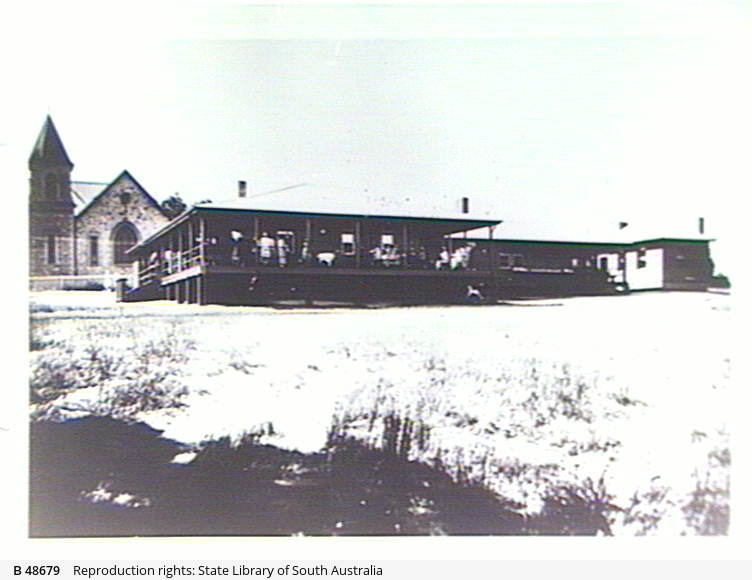
This image shows the later building of the Church of England’s Boys’ Home at Walkerville, which was renamed Kennion House in 1955.
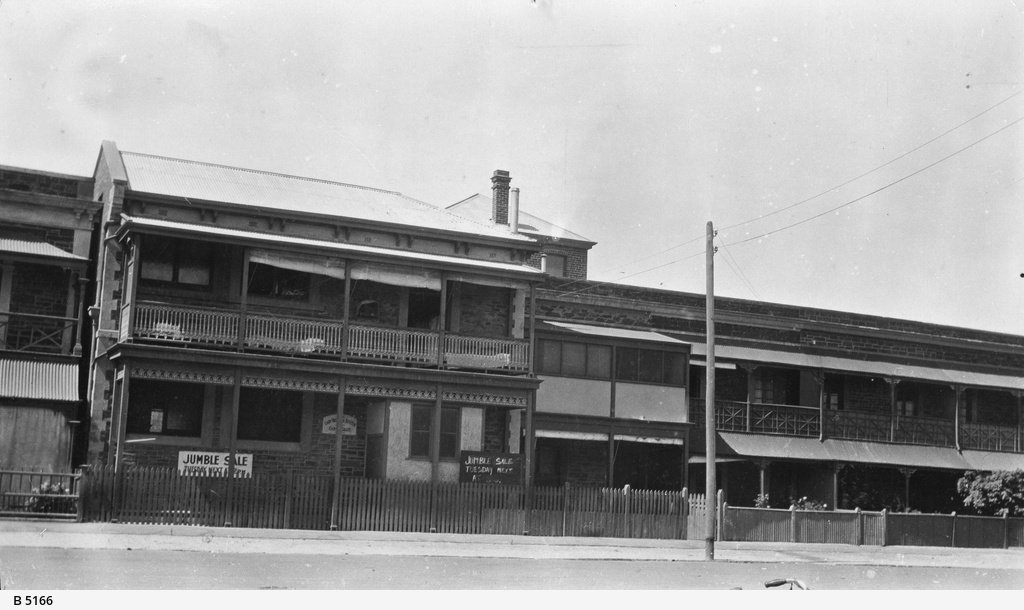
This image shows Lady Victoria Buxton Girl’s Club on the East side of Whitmore Square .
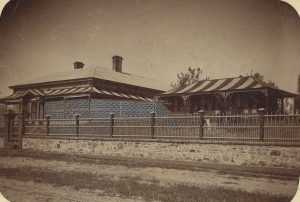
This image shows St Joseph’s Sanatorium, also known as St Anthony’s Sanatorium, in Kalgoorlie Street, Largs Bay, South Australia. It operated in this location between 1903 and 1906, however this photo is undated, the date included is an estimate.

This image shows the back of the building formerly known as St Joseph’s Refuge.

This image shows the front of the building formerly known as St Joseph’s Refuge.

This is a photograph a plaque that reads “On this site stood the Edwardstown Industrial School and the Glandore Boys Home 1898-1972. “God bless those who passed this way”. Unveiled at reunion 27th Nov. 1994″
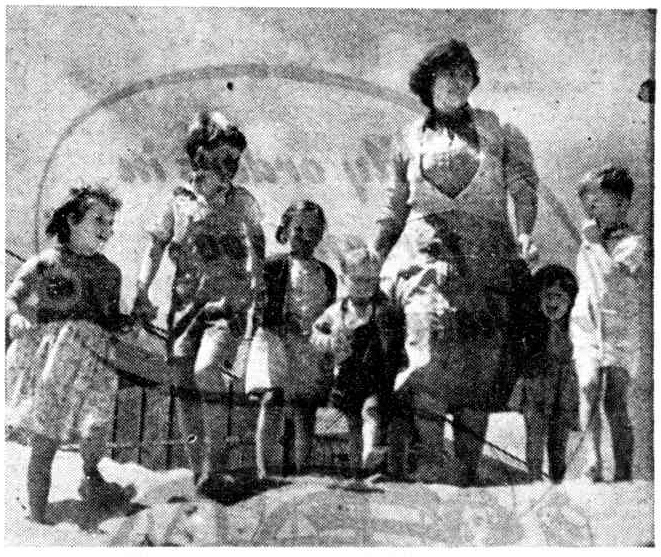
This image illustrated an article in the Adelaide News, 13 November 1951, p.9.
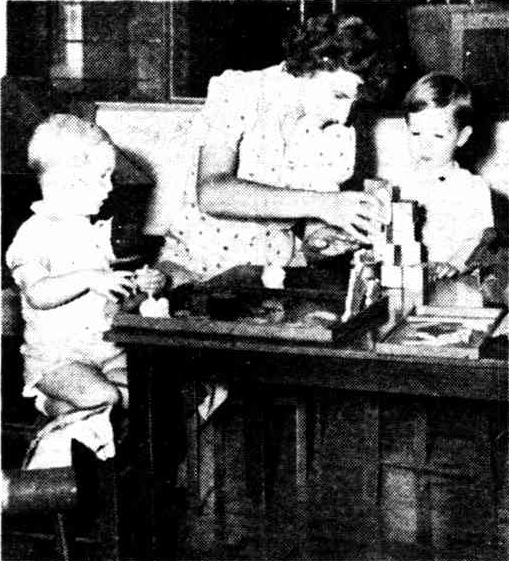
This is a copy of an image illustrating an article in The News, ‘Wanslea Gets First Guests’ on 27 March 1947, on page 3.
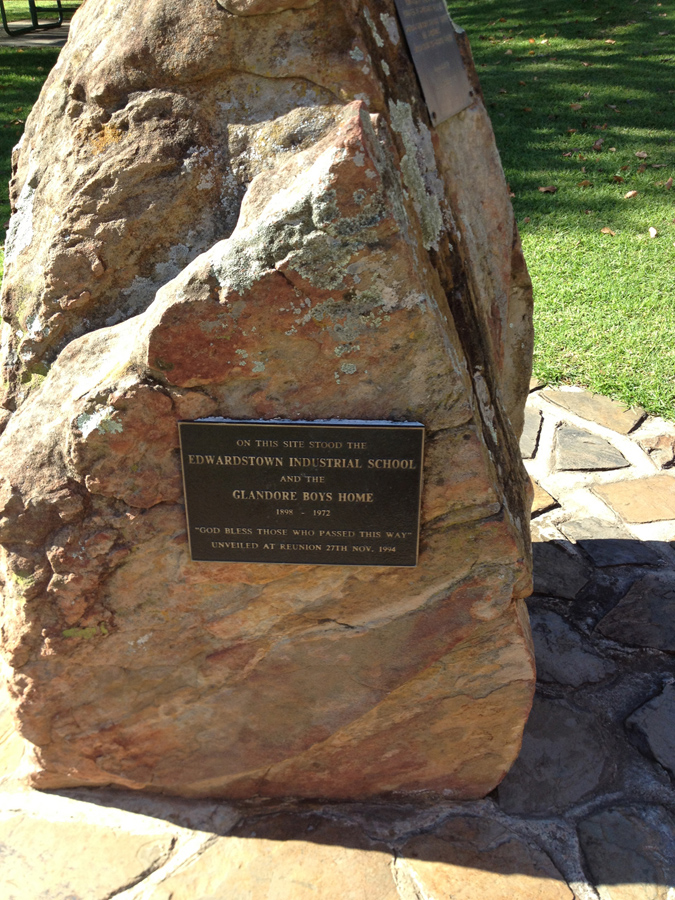
This is a photograph showing the position of the memorial plaque to the Edwardstown Industrial School and the Glandore Boys Home, embedded in a rock.